Grandma's Kitchen
Cookbooks for College Students
Afro-Veganism
The Culture of Plant-Based Eating in African Diaspora
Super Foods for Breast Cancer Prevention
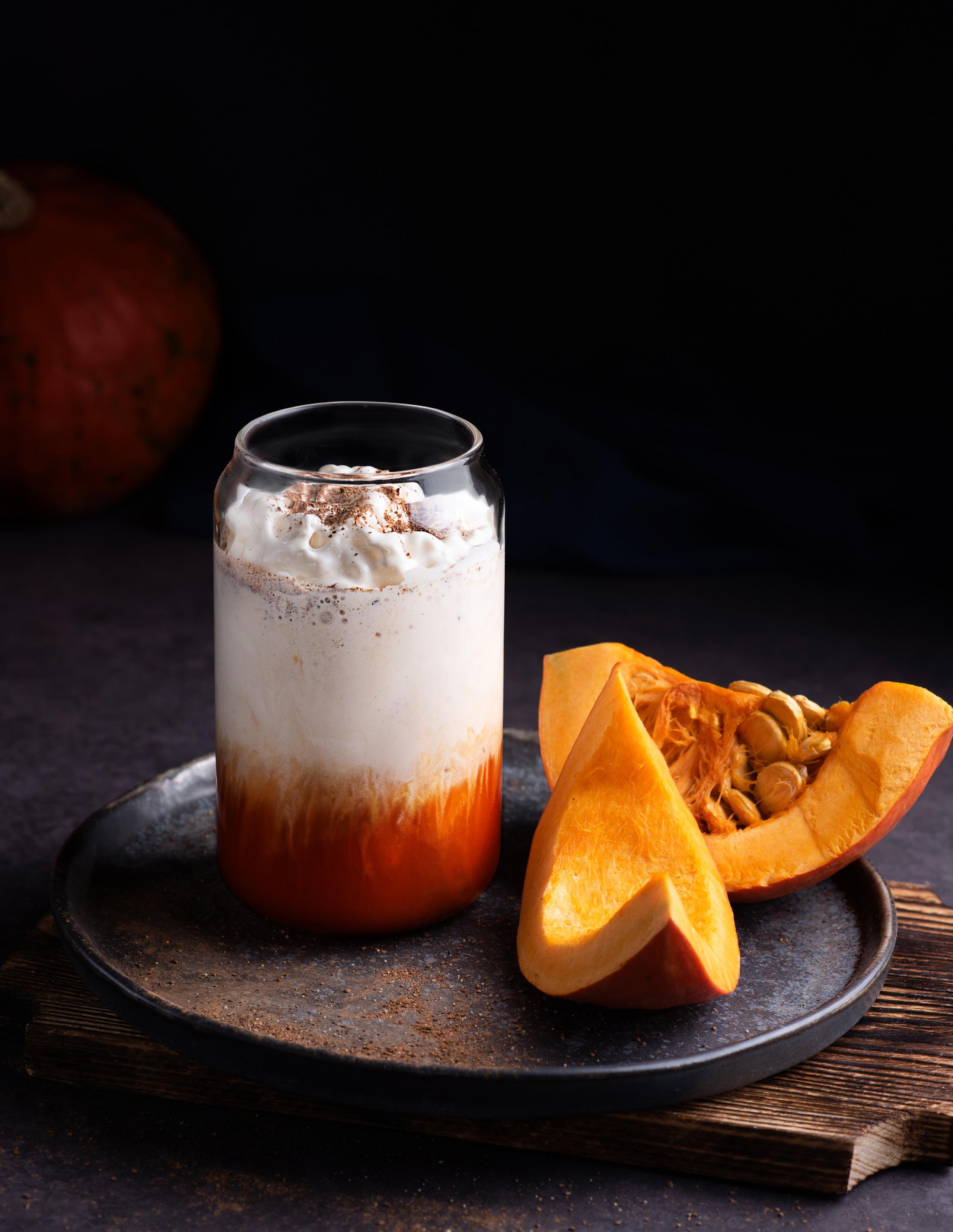
The Impact of HBCUs on Black Communities and Beyond
Self-Care Isn’t Selfish
Mental Health Care Month
OCT 2023
CAMPUS DINING MAGAZINE

forward

Unleash Bold Flavors…
Unleash a Bold New You! Let's continue the academic year with a flavor-filled adventure. Over the course of this month, Campus Dining will challenge you to discover the bold side of life. This exploratory journey will get to the heart of who you are, broadening your palate and horizons. You'll try new and exciting flavors in your cooking and dining experiences. Discover the exciting world of Bold Flavors of Life with our mouth-watering recipes designed to help you unleash your inner chef and explore new horizons in the kitchen. This month's featured flavor: Spicy Pumpkin!
LiveBold.

Life is meant to be lived loudly, and so are its flavors.

ExploreBold. Don't settle for boring or bland; try new, adventurous flavors and discover what life has to offer.
BeBold.

It is our boldness to speak up, stand up, say something, and do something that changes the world.
Maurice P. Jenoure, Chief Operating Officer
 Dina Zaikouk, Vice President of Operations
Dina Zaikouk, Vice President of Operations

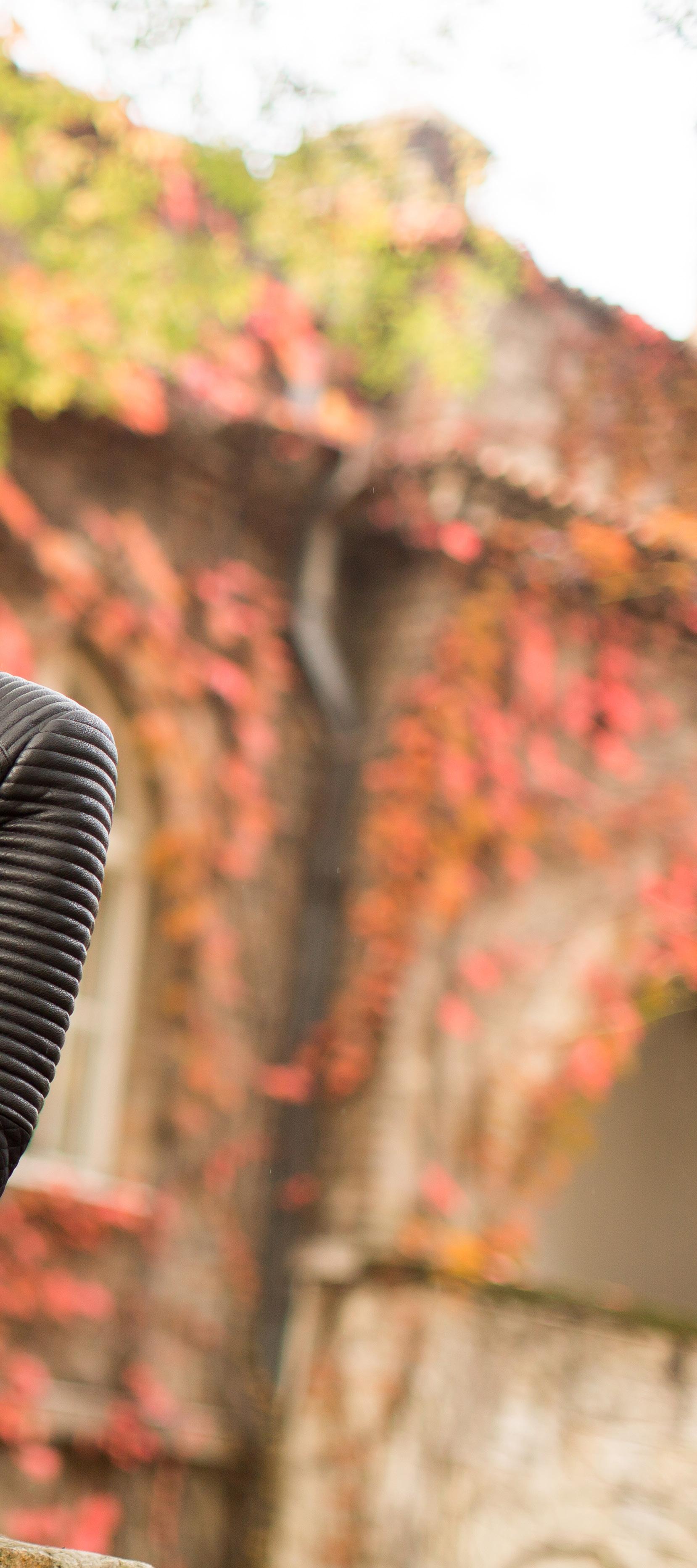
PreservingthePast and ShapingtheFuture the Impact of HBCUs on Black Communities and Beyond
The fight for education in the United States can be dated back to the beginning of the founding of this country, and the story of higher education for African Americans is integrated into history in multiple ways.

In higher education, the fight looked different as many pushbacks led to the creation of institutions for the community by community. Historically black colleges and universities (commonly referred to as HBCUs) were established before 1964 whose principal mission was to and still Is the education of African Americans. As we settle in on homecoming season, we at Campus Dining at Thompson Hospitality would like to look back on the history of these institutions and appreciate the future ahead.
During enslavement in the United States from 1619 – 1865, enslaved African Americans could not receive or seek education. They were highly discouraged from learning anything outside of religious texts and meeting outside groups of four. Many of these rules that were in place were known as Black Codes throughout the English colonies and lasted up until the end of enslavement. Depending on the area, most freed African Americans would continue to gather secretly, organizing many institutions such as churches and schools.
After witnessing many African Americans lose employment because of lack of skills, Quaker philanthropist Richard Humphreys provided in his will $10,000 to 13 members of the religious group Society of Friends to establish a school for the descendants of the African race. He aimed to give AfricanAmericans the skills to compete in various job markets.
Following Humphrey’s death in 1832, the 13 members of the Society of Friends used the money to create The African Institute in 1837, which was changed to the Institute for Colored Youth months later. Today it is known as Cheyney University of Pennsylvania, the first Historically Black College and University.
Cheyney University inspired more HBCUs to be created, making the University of Washington D.C (1851), The Ashmun Institute (today Lincoln University of Pennsylvania, 1854), and the Wilberforce University (1856) the first HBCUs in the United States.
Following the Civil War and the abolition of slavery, the Freedmen’s Bureau was established to support formerly enslaved people’s adjustment to freedom. They aided in building thousands of schools for African Americans. They helped found the following HBCUs, Howard University in Washington D.C, Fisk University in Nashville, Tennessee, and Hampton University in Hampton, Virginia.
Since then, over 100 HBCUs in the United States have been established through land grants for colleges and with the help of many African American Methodist Episcopal churches. Since the creation of these institutions, African Americans were able to join various job fields such as Political science, Psychology, Education, Science, Medicine, Technology, engineering, and mathematics.
While joining the workforce, HBCU students and alums have played a pivotal part in creating change in America, protesting racial, gender, and class discrimination. They understood the importance of speaking up against injustice would not only affect them but would directly affect their descendants. Across the nation, during the civil rights movement, students around the country from HBCUs gather to tackle discrimination head-on. Many HBCUs even share the same history of former students staging sit-in protests in their community to protest racial discrimination.
4 | oct2023 forward
One of the most notable figures in American history, Dr. Martin Luther King Jr., was an alumnus of Morehouse College, an HBCU. King helped shape how we saw each other as citizens of this country and was a notable advocate for equality and equity for all.
Other alums include Former Supreme Court Justice Thurgood Marshall (Lincoln University & Howard University School of Law), Vice President Kamala Harris (Howard University), NFL superstar Jerry Rice (Mississippi Valley State University), Oprah Winfrey (Tennessee State), Charles Oakley (Virginia Union) to name a few.
Currently, HBCUs are seeing a record enrollment as more than 228,000 students were reportedly enrolled in HBCUs during the 2022-2023 academic school year, with more expected to continue registering in the upcoming years.


These higher education institutions are single-handedly contributing to the growing diversity we see in the workplace. As of 2022, HBCUs have produced 40% of all black engineers, 50% of all black lawyers, 70% of all black Doctors, 80% of all black judges (whitehouse.gov), and nearly half of all black teachers in the United States.
As you celebrate homecoming this year and years after, remember the history of your HBCUs. Remember the hard work that was done before you by the alums. The legacy continues with you and your peers as you strive for the most extraordinary and speak out against any adversity you may see. It has been a long journey, but the future looks bright for HBCUs as many universities continue to expand and thrive.
+ forward magazine | 5
Afro-Veganism
A Look at the Rich History and Culture of Plant-Based Eating in African Diaspora
For over 2,000 years, many cultures have adopted the habit of avoiding the consumption of animal products. As of May 2023, there were reportedly 88 million vegans worldwide, about 1.1% of the population. Within the vegan community, a sub-community has been brewing for generations.
Veganism in the African American community has been growing in popularity within the last few years, with a 2016 Pew Research Center survey finding that 8% identify as vegan or vegetarian compared to the 3% of the overall United States population. However, veganism is familiar to the African American community and helps tell the culinary heritage story.

Afro-veganism or black veganism in the United States is a social and political philosophy connecting non-animal products with other social justice concerns. Some social justice concerns include racial discrimination and slavery in America’s lasting effects, including enslaved people’s diets.
Before enslavement, countries in West Africa did not consume meat as much as they do today. Their diets were mostly plantbased, as veganism can be traced back to India, Africa, and parts of the Mediterranean. In 2015 research published by The Lancet Global Health, West African countries such as Mali, Chad, Senegal, and Sierra Leone had diets rich in fruits, vegetables, and whole grains, some of the world’s healthiest. In Ethiopia, though in East Africa, many cuisines are plant base and include lentils, beans, and sourdough flatbread injera.
Though the meat was consumed in many African countries, they were typically eaten only during special occasions such as ceremonies, weddings, the birth of a child, or a funeral, according to chef Nicola Kagoro from the culinary movement African Vegan on a Budget. However, because of the lack of choice, enslaved Africans were forced to eat whatever was available, often meat scraps.
In the Caribbean, their journey with veganism can be seen during the 1930s with a widespread disenfranchisement of Jamaica’s peasant class due to the end of slavery in the area in 1834 and the subsequent years of British rule. Rastafarianism is a religious, political, and social movement that aims to teach the eventual redemption of black people and their return to Africa. Within their religion, they promote ital living. In this standard of living, they avoid processed food and meat to resist Western culture.
Many Rastafarians consume stews and soups that include traditionally high nutrient slow cooked ingredients such as pigeon peas, callaloo (a leafy green native to the Caribbean), pumpkins, kidney beans, and fresh coconut milk. You can find many one-pot meals in their communities as they are used to feeding many people cheaply, a meal practice obtained from enslaved people.
Today in the United States, Afro-veganism continues to grow in popularity as more people have chosen this diet and way of life because of the growing health and food disparity concerns brought about by the COVID-19 pandemic.
Afro-veganism allows African Americans to look at history differently, including the history of plant-based diets when you look at the many popular foods and traditions across the diaspora, including the use of leafy greens (collard greens, kale, callaloo, spinach), beans (black-eyed peas, chickpeas, kidneys), vegetables (brussels sprouts, okra, cabbage, pumpkin, squash), fruits (peaches, dates, tomatoes), tubers (potatoes, yams, plantains, sweet potatoes) and more.
On your visit to the dining hall, try some of our vegan and vegetarian options to dabble in the Afro-veganism culture. Also, look at the movement’s history and how it connects to the African diaspora. You never know what interesting information you may find.
6 | oct2023 forward
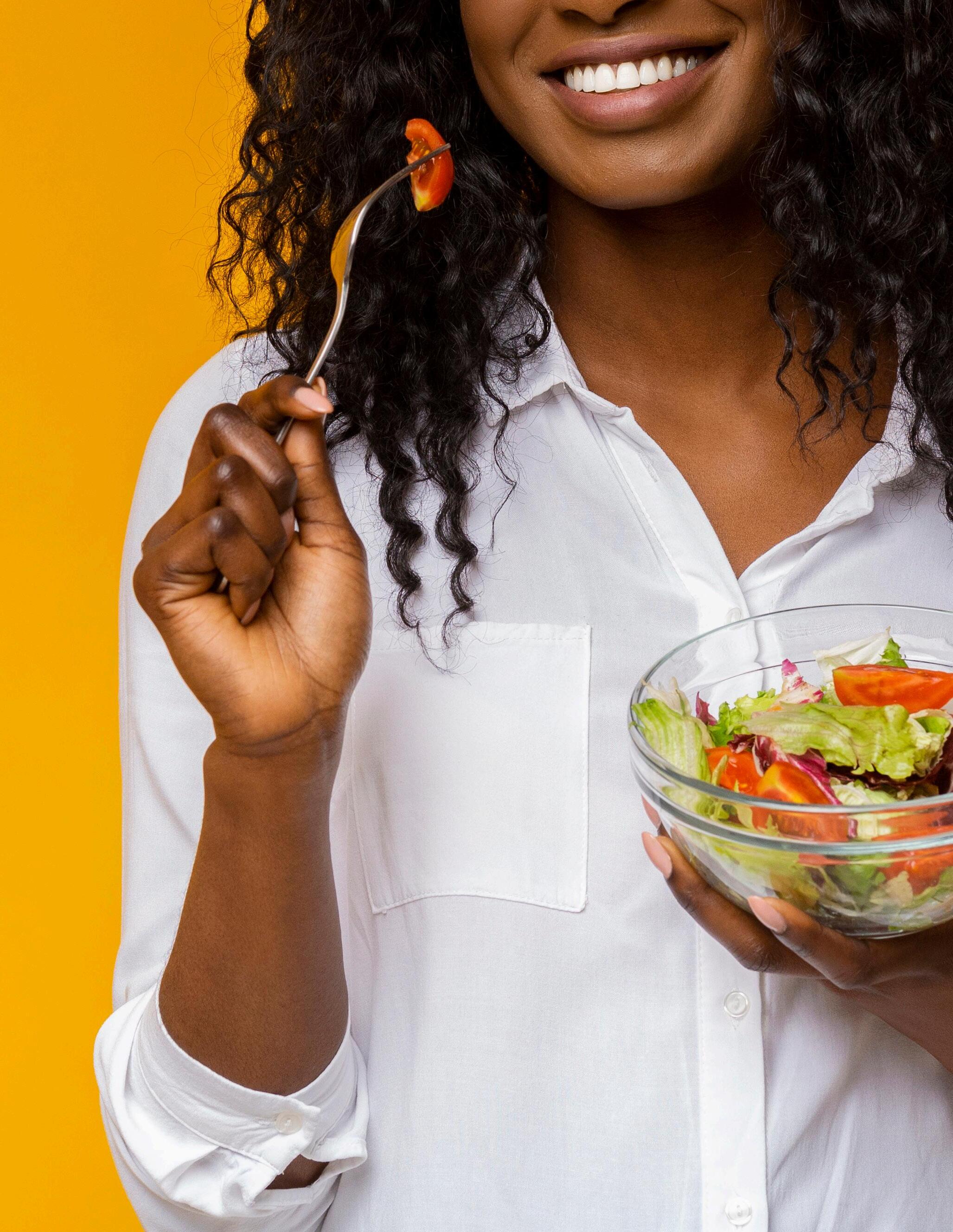
+ forward magazine | 7

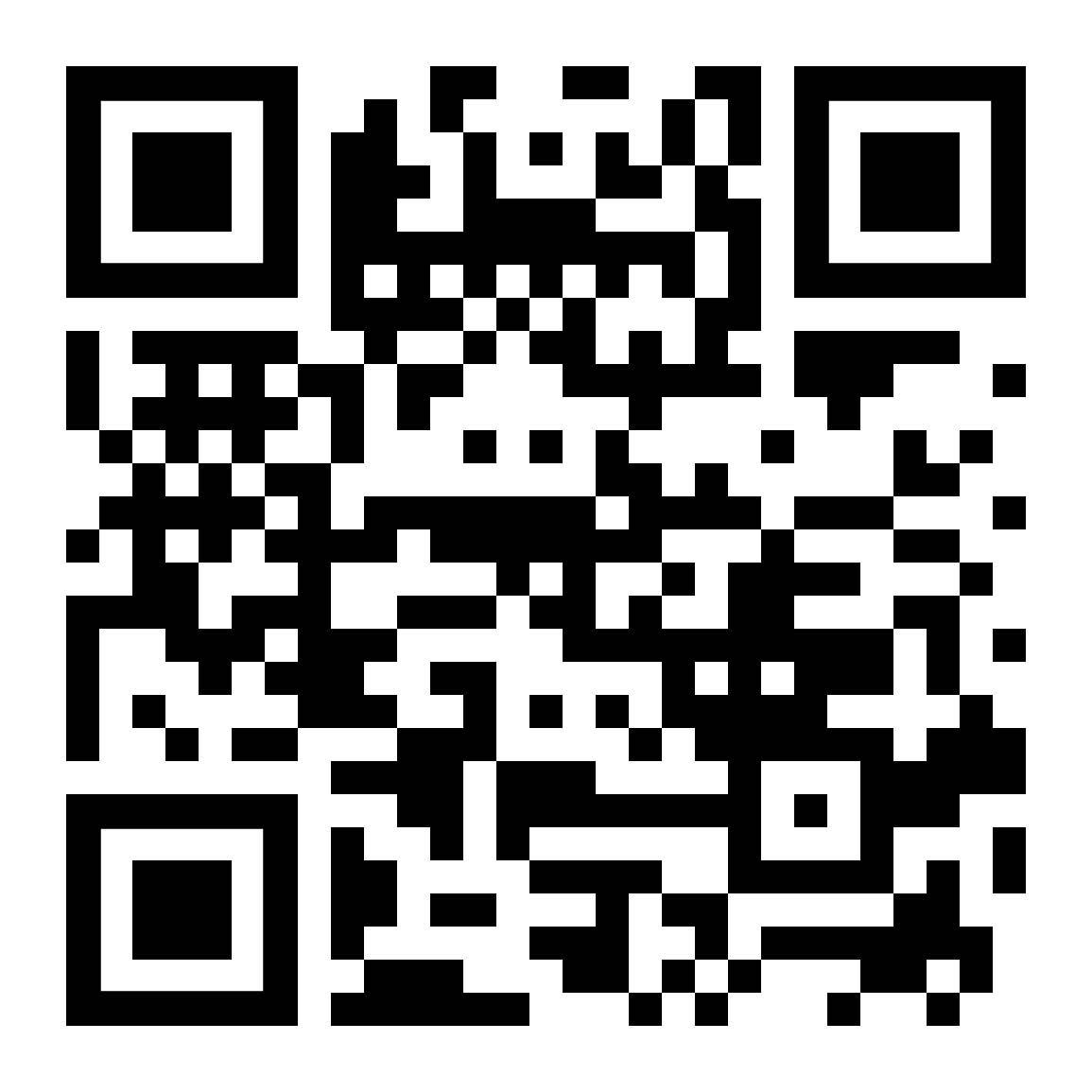
REOpen Our DM’s Let’s get real. How are we doing? Shoot us a DM and let us know th_cares FIND US ON INSTAGRAM OR SCAN THE QR CODE

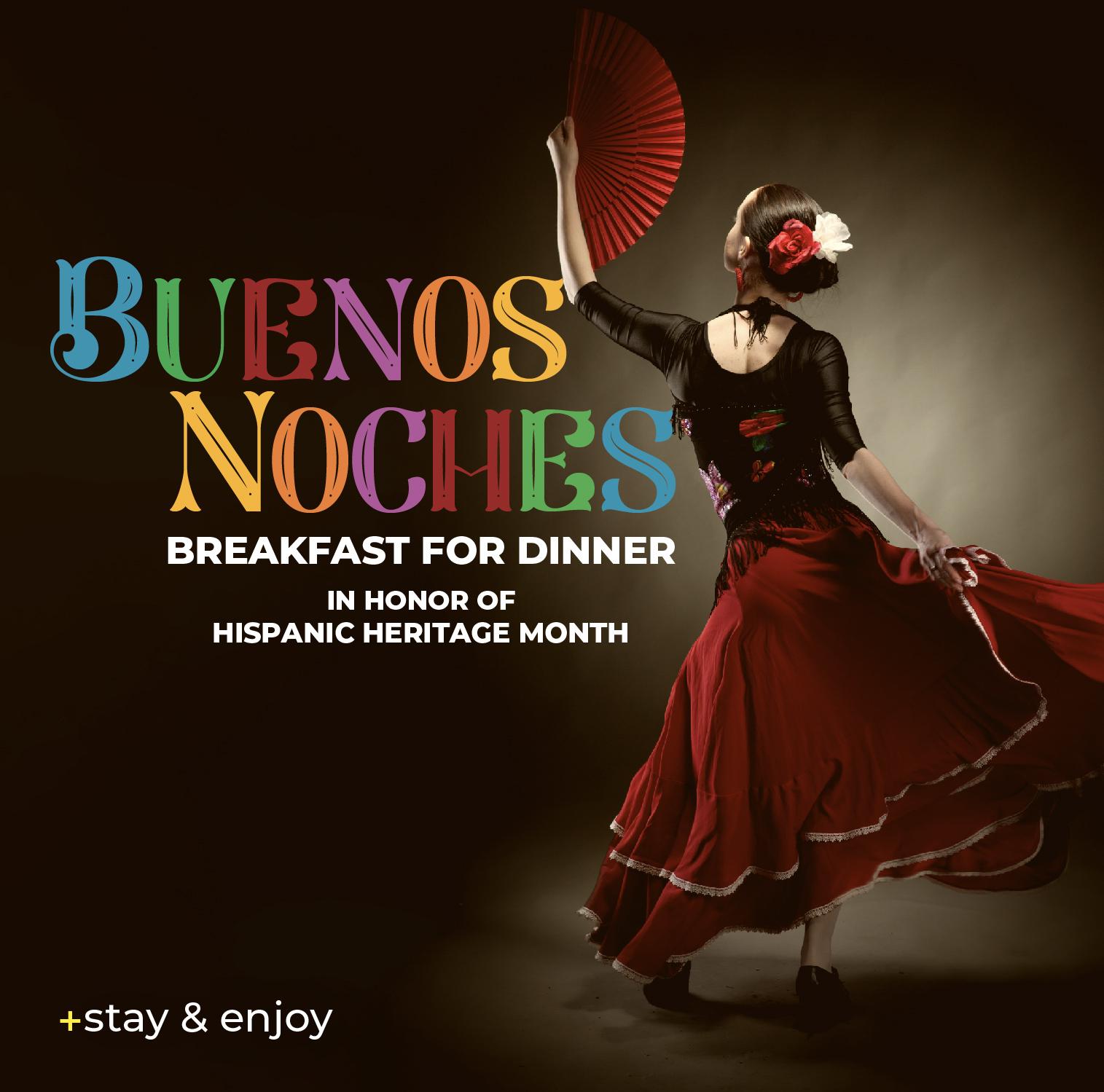
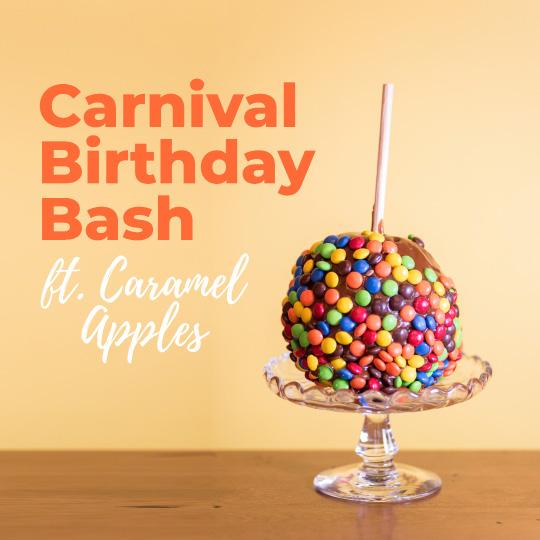
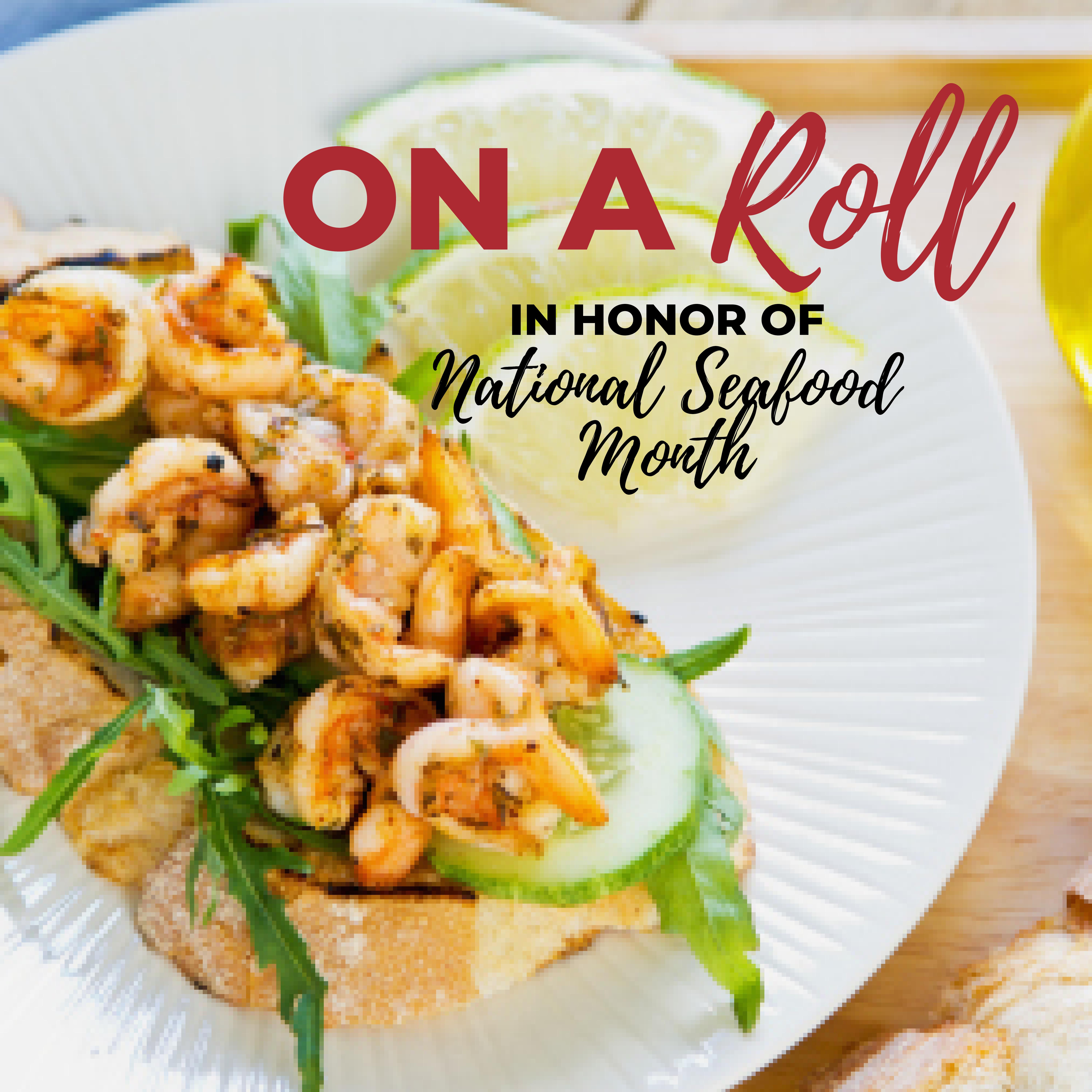





TO SEE YOUR UPCOMING EVENTS
+ OCTO BER
CLICK
DINING EVENTS
Tips for Prioritizing Your Mental Health



As we coast through life, it is crucial to make sure you put yourself at the forefront. You cannot care for your loved ones and give your best effort in college if you do not care for yourself. Sometimes self-care is challenging to navigate if you have much on your plate. However, it is essential to know that it is always okay to put yourself first.
Self-care is all about caring for your feelings to prevent you from projecting them onto others. You may have many emotions bottled up if you are not intentionally releasing your emotions in healthy ways.
If you need help figuring out where to start in selfcare, Campus Dining at Thompson Hospitality is here to help you find methods that work for you through various programs in the dining halls and tips on social media. Remember that self-care is all about you, and it is essential to care for yourself.

Self-CareIsn’tSelfish
10 | +OCTOBER forward
Hereareafewwaysyoucan prioritizeyourmentalhealth

Find a creative outlet


Do you have a hobby? Have you ever thought about obtaining one? Discovering your creative side by using it as an outlet to relieve stress and improve mental health. Whether you write or journal, draw, paint, knit, sew, dance, make music, take pictures, etc., having a creative outlet directly impacts your mental health. Indulging in your creativity can positively impact your brain, improving your cognitive function due to the unconventional thinking that stimulates both sides of your brain. Drawing can stimulate hand-eye coordination, and dancing can help enhance memory. Partaking in something enjoyable can help elevate your stress and significantly improve your mood.
Reach out when you need help

Everyone always says, “I’m Fine,” when asked how you are doing. However, “I’m fine” is often used as a defensive mechanism to avoid speaking on the issues we may be dealing with. You are not obligated to talk about things
Have a routine
A sound routine has been proven to help mental health by adding structure and balance to your life. When thinking about a routine, your routine does not have to extend throughout your day. Instead, think small and create a routine for various parts of your day. How do you start your day? What do you do to end your day? When do you eat lunch? Create a sound routine for how you spend different parts are your day. This allows you to have something to look forward to throughout the day.
Be present in the moment
Being in college has a way of placing you in a set cycle of waking up, going to class, doing homework, eating, and going to sleep. However, throughout your day, make sure you live in the moment. As you navigate your day, enjoy your progress in school as you learn the skills needed to advance in life. Relish with your friends, eat your favorite meal in the dining hall, or have fun on campus. Being present briefly eliminates life’s added stress and allows you to appreciate the moment in front of you.
self
be just what you need to pick yourself up. Self-talk have to be verbal but includes the inner voice in your head. How you talk to yourself can affect how you see yourself and navigate the world. The more negative you are to yourself, the more confidence erodes, and pessimism ensues. Negative self-talk can prevent you from achieving or reaching your most tremendous potential. Transforming how you think about yourself can be difficult but not impossible. You can start by writing positive affirmations about yourself in your notebook or journal or putting sticky notes around your dorm room wall. Seeing positivity daily can help you change how you start to see yourself and give you the boost you need to conquer the day.
+ forward magazine | 11

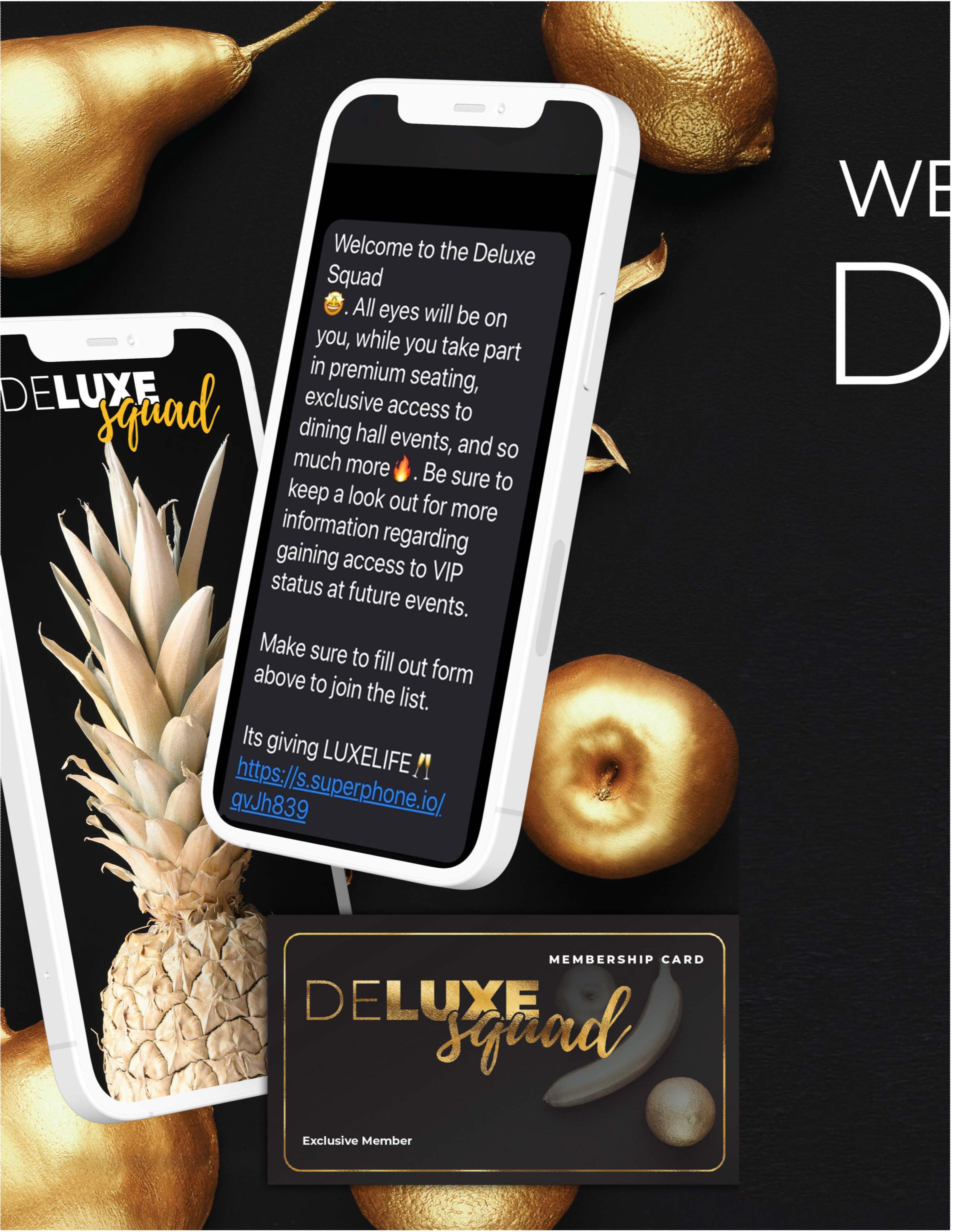
Invitations to private dining events at their HBCU hosted by campus dining.


Premium sections and priority access to giveaways.
Monthly Previews of exclusive content from Campus Dining.
Virtual Meetups like BINGO, Game Night, Speed Networking and more!
Text #Deluxe to 830-357-7630 to join
DON'TFORGET TO CHECK OUT! THTV
The Good Fight: Food Insecurity Challenge
CLICK FOR ON DEMAND TV FOR COLLEGE DINING
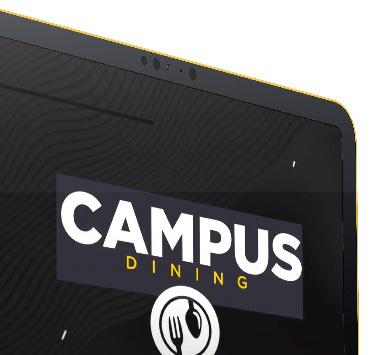
A Delicious Approach
SuperfoodsforBreast CancerPrevention


With more than 200,000 cases in the United States annually, breast cancer remains the most common type in biological women. Each October, the American Cancer Society, in collaboration with AstraZeneca, a producer of breast cancer drugs, raises awareness of the importance of all people getting regular mammograms and supporting the research efforts for a cure. You can prevent cancer cells from developing in many ways, including being intentional about your food.
Breast cancer is a disease in which cells in the breast grow out of control. Scientists are continuously searching for ways to cure cancer and find various new treatments to aid in eliminating cancer for someone that is affected. It is important to remember that many factors, such as your family history and lifestyle, can influence your risk of breast cancer over time.
Maintaining a healthy lifestyle is good for your mental health and a great way to reduce your risk of obtaining any ailments. Food is a direct way to ensure you are fueling your body with the nutrients it needs to fight anything harmful that is trying to enter or develop in your body. It is important to remember that food is not equivalent to a cure. However, various food items include elements that prevent the development of cancerous cells.
Hereareafewsuperfoodsthatcanincorporateineverymeal
Beans
Small but packed with nutrients, beans are full of fiber and vitamins that aid the fight against breast cancer. The antioxidants in beans can repair damaged cells and strengthen your immune system, making you less vulnerable to diseases like cancer.
Leafy green vegetables
There are many benefits of leafy greens, such as kale, arugula, spinach, and mustard. Research published by the Journal of the national cancer institute found that women who ate dark leafy greens had a lower breast cancer risk than those who did not consume the greens.
Citrus fruits
Lemons, limes, oranges, grapefruits, and tangerines, to name a few, all include various compounds that may protect against breast cancer. Research published by the Korean Breast Cancer Society found that there are direct ties to citrus fruit to reduce the risk of many cancers, including breast cancer.
Spice and Herbs
We think of spices and herbs to add flavor to every meal; however, they are also packed with many vitamins, antioxidants, and fatty acids that increase the nutritional value of every meal. Turmeric is known to reduce inflammation and cell damage, with the primary anti-cancer agent found in turmeric being curcumin. Other spices and herbs you can add to your meal are black pepper, cayenne pepper, cinnamon, ginger, and oregano, to name a few.
Fatty Fish
Salmon, sardines, and mackerel have been proven to have significant health benefits. Included are omega-3 fats, selenium, and antioxidants that may offer protective effects against cancer, such as reduced inflammation associated with breast cancer.
Berries
If you enjoy berries such as strawberries, blackberries, and particularly blueberries, you are on the right track in fueling your body with antioxidants such as flavonoids. Such antioxidants have been shown to protect against cellular damage and the development and spread of cancer cells.
+ forward magazine | 15
FromGrandma’sKitchentoYourDormRoom
Cookbooks for College Students

The best part about visiting home throughout the year is the home-cooked meals provided by family. Whether it is dinner, breakfast, or a simple sandwich, nothing is better than having a loved one cook for you.
Being away from home for an extended period can result in homesickness. In 2017, the National Institute of Health researchers found that about 70% of first-year students have experienced it. It is normal to miss the comfort of your family and home. However, a good meal can help combat that feeling.
If you cannot travel home, there are many ways you can achieve a delicious meal in the comfort of your dorm room and student apartment. Here are four cookbooks with recipes made for college students like you!
The Easy College Cookbook by Candace
Braun Davison
This college cookbook brings home-cooked meals directly to your dorm room. This book contains recipes that need appliances you already have in your proximity, i.e., a microwave, toaster oven, or air fryer. Author Candace Davison doesn’t just include recipes but has tips for saving money on dorm room kitchen supplies—dietary adjustments for students looking to change their diets and eating habits.
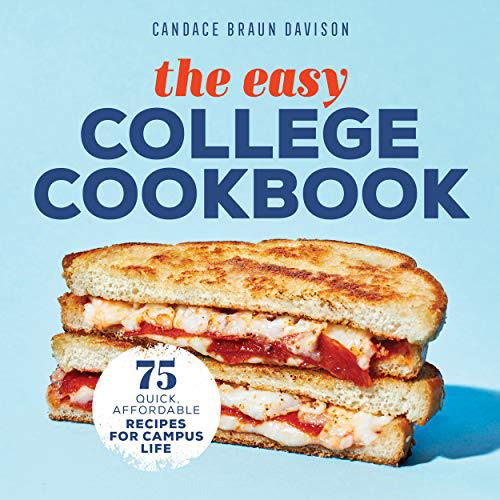
How to Feed Yourself by Spoon University
With over 100 cheap, reliable, and easy recipes, how to provide yourself guide you on how to begin your culinary journey from wherever you are. This cookbook is not reserved for college students but for anyone who needs help hand-navigating the kitchen. The college student lead food network, Spoon University, took nine ingredients you will most likely have in your kitchen and guides you on making them in various ways, from in the microwave to the stove.
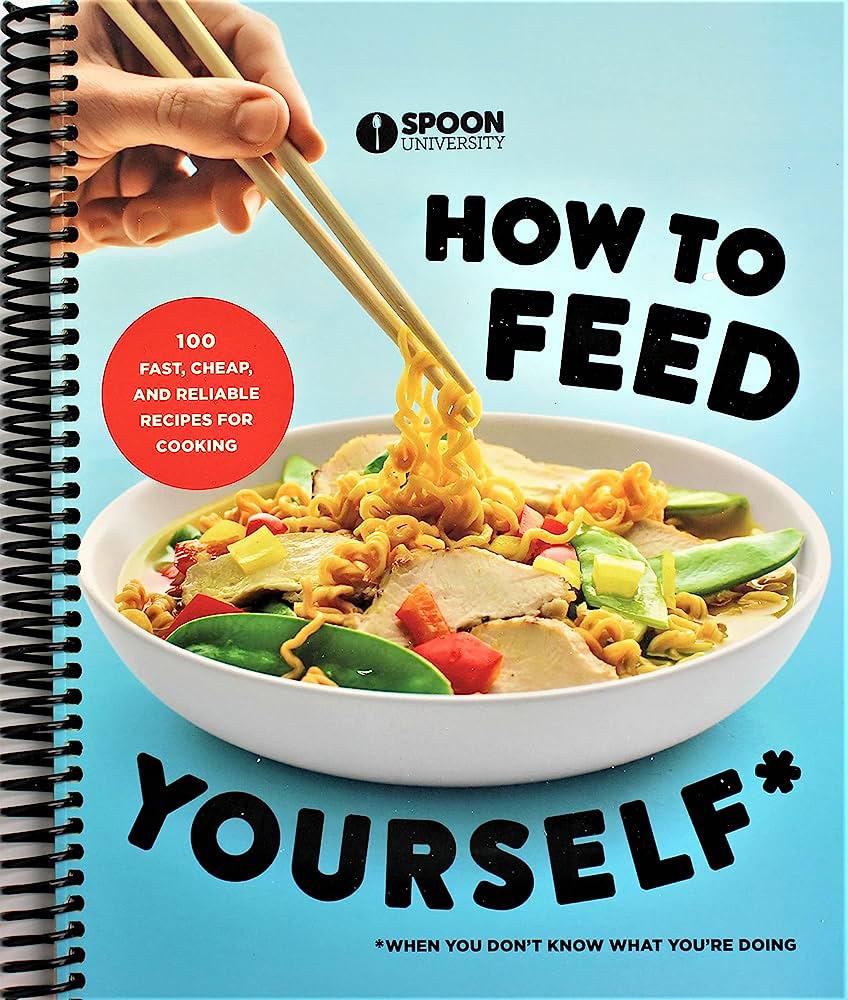
16 | +OCTOBER forward
The Quick Fix Kitchen by Tia
Mowry
Named one of the year’s best cookbooks by Food Network, actress and entrepreneur Tia Mowry crafted The Quick Fix Kitchen to help people create nutritious and quick meals for themselves and loved ones. Along with the 60plus deals in the book, Mowry includes tips and tricks for food shopping, meal preparation, pantry hacks, and more.
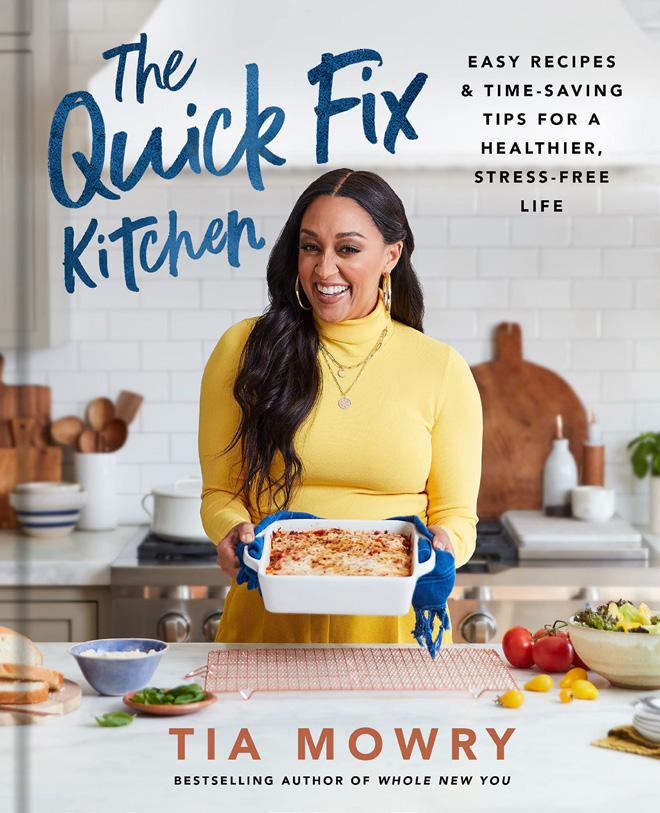
The College Vegan Cookbook by Heather Nicholds
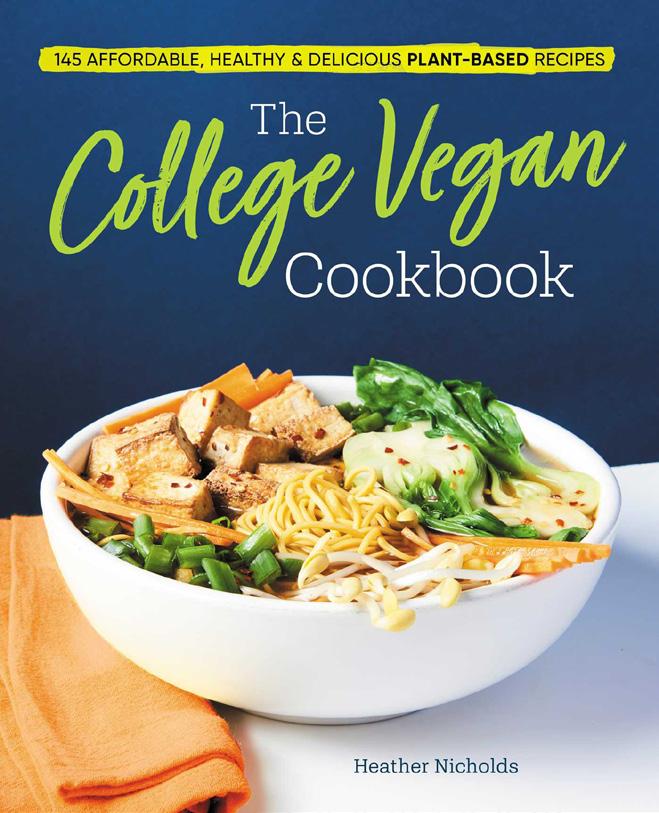

With over 140 modern whole-food recipes designed for college students, the College Vegan Cookbook allows students who are vegan or want to change to a plant-based diet to explore the world of veganism on a budget. Through the new and fresh recipes and ideas, you do not have to worry about handling a late-night craving. With this book, you will find quick ways to satisfy your taste buds.
The 5 Ingredient College Cookbook by
 Pamela Ellgen
Pamela Ellgen
How many recipes can you think of with five ingredients? Pamela Ellgen has comprised 100 recipes that take about 30 minutes to make. As a college student, obtaining groceries may take a lot of work; therefore, this cookbook alleviates the stress of vigorously shopping for meals. There are various ways to make these meals using the kitchen basics, including tips on properly storing food and utensils after each meal.
+ forward magazine | 17



18 | +OCTOBER forward
alternative for a vegan option - oat milk, soy milk, almond milk, etc.)
1 ½ cups pumpkin puree




2 tablespoons light brown sugar (use more or less depending on your taste)
1 ½ teaspoons pumpkin spice whipped cream - for topping (use a dairy-free alternative for a v option)
In a small saucepan, heat the milk, pumpkin puree, brown sugar and pumpkin spice on medium heat, until it is just about to boil, stirring frequently. Pour into cups and top with

+ forward magazine | 19
Marketing Contacts
Daniela-Gabrielle Smallwood, Vice President of Marketing and Programming daniela.smallwood@thompsonhospitality.com
(571) 446-7430

Stacey Gibson, Retail Marketing Director stacey.gibson@thompsonhospitality.com
(571) 524-8566
Editorial Staff
Gina Godwin, Creative Director
Yolanda Waters, Lead Writer
Kaitlyn Yang, Graphic Designer
Joellen Allah-Mensah, Graphic Designer














































 Pamela Ellgen
Pamela Ellgen








